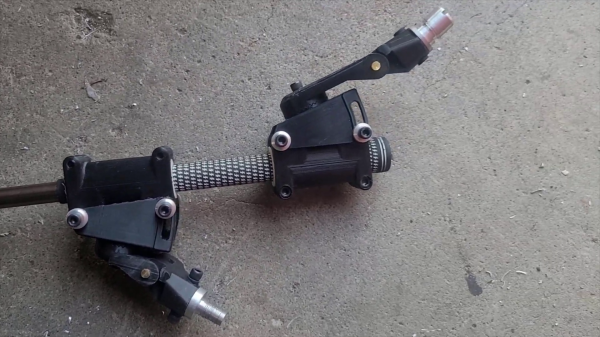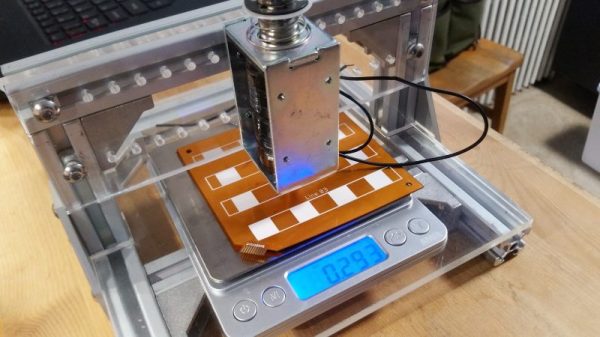Relearning an old sport, or starting a new one, can be challenging for amputees. Besides the obvious physical aspects, custom prosthetics or adaptors might need to be made and fitted, which can be very expensive. With the power of 3D printing and some machining, [Ian Davis] was able to build a custom prosthetic golf club to get a quadruple amputee back on the greens.
The recipient of this prosthetic lost both hands above the wrists, so [Ian] had to come up with a mechanism that could hold the club and mimic wrist motion throughout the swing. He was able to achieve this motion with a simple four-plate hinge for each arm. For optimal ergonomics, [Ian] also added two-axis adjustability, with only a single bolt needing to be loosened per axis. A standard golf club can be used and is clamped in the printed holders.
Machined prosthetic sockets were used to allow quick connection to the user’s existing prosthetic forearms. Theoretically, this should also allow him to switch clubs without excessive hassle. [Ian], an amputee himself, has used his engineering skills to build a series of prosthetic hands and even a custom controller mod to get back to gaming with fewer flesh fingers.
Continue reading “3D Printing A Prosthetic-Compatible Golf Club”
















